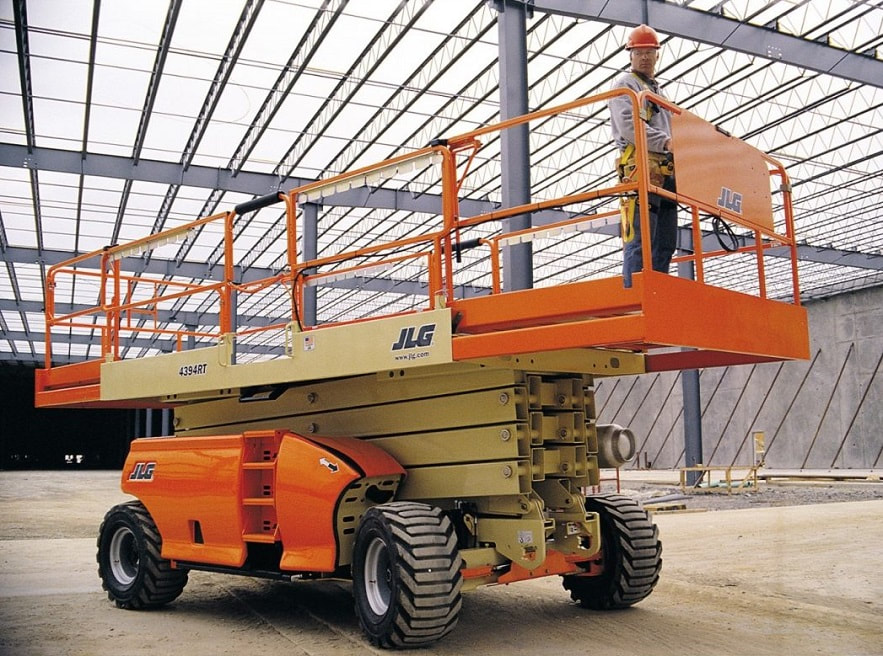There's a variety of lifting equipment on the market today, meaning that it is not as easy as getting a new car or a pair of shoes. Of course, everyone knows that they are here to help make our job at construction sites and in places like industrial plants easier and safer, but every piece of equipment it's not meant to lift the same load. So, in order to get what you truly need, you should do a little bit of research in order to understand the different variables at play and the types of lifting equipment there are. As you've probably seemed to notice by now, we are going to talk about heavy-duty lifting equipment.
Forklift
A lift truck or more commonly known as a forklift is your typical industrial truck for carrying loads between 1 and 5 tonnes, they are also available in multiple variations and load capacities - with larger machines having up to a 50-tonne load capacity. As a standard equipment lift, the forklift can be powered by gasoline, propane, diesel and battery electric, with each one of these power sources having its own advantages in functionality within different settings and circumstances.
Electric Hoist
An updated version of the old school hoist, powered by electricity, which makes lowering and raising loads way easier than before. It has a motorized pulley which is fastened by a strong cable and the body of the hoist is usually fixed on a stable structure for extra stability, also the pulley can be lowered or raised by just the press of a button. In order to maintain or enhance the pulley's ability to move heavy material, it is recommended that you make a regular check-up.
Scissor Lift
Their unique lifting mechanism made out of cross-braces limits this equipment lift to only carry a load from right underneath the work site. But despite their limited form of accessibility, scissor lifts actually have one very meaningful advantage, and that is their large platform. This platform is big enough for the user to access a comfortable working area, and have all kinds of equipment and tools being raised along the way. In order to operate safely, you have to make sure that the ground underneath the lift is flat.
Crane
Cranes can vary in size and also in their use too - you can see a crane being used inside a small workshop or on a tall skyscraper. The crane usually uses one or more simple machines in order to create an advantage in carrying heavy loads and materials - this mechanical advantage of the crane is more commonly used for loading and unloading freight and for moving heavy construction materials as well.

